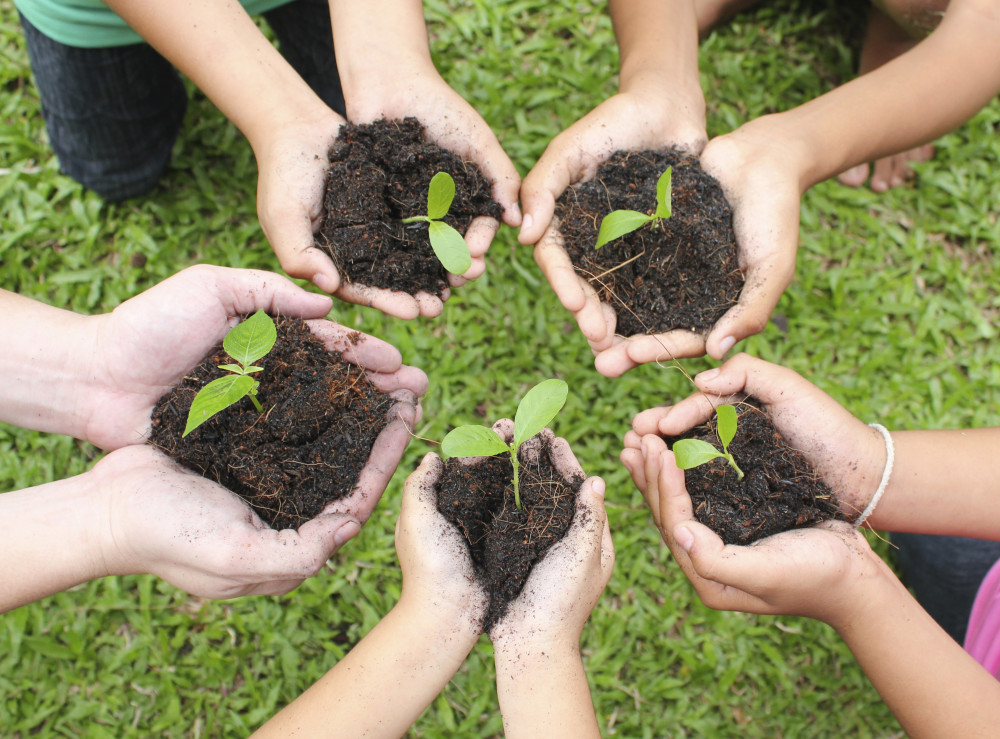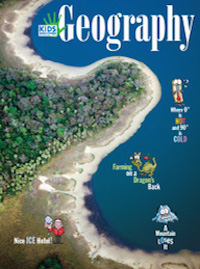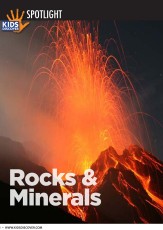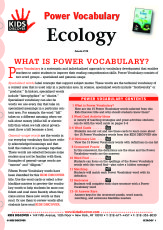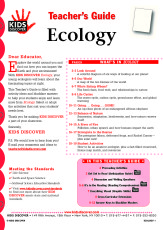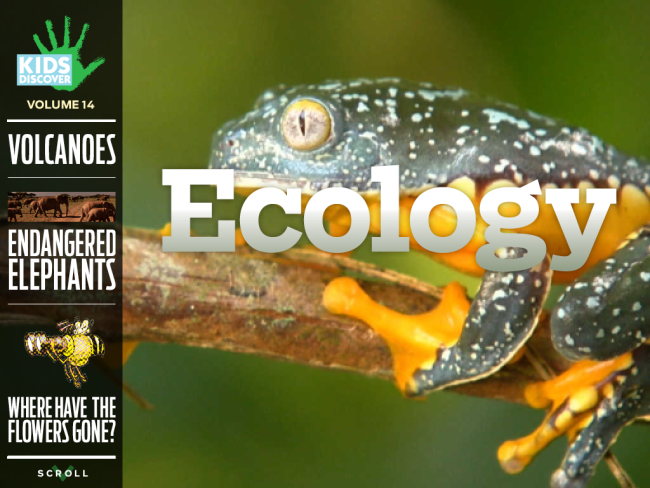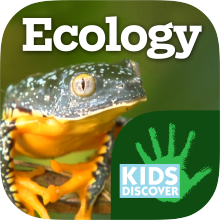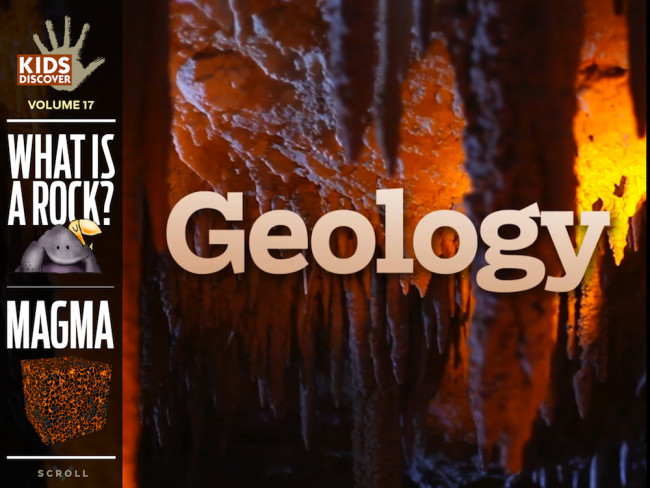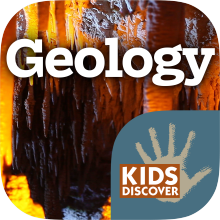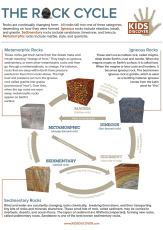Kids and gardeners give it a fair amount of respect, but to most everyone else, dirt is just beneath us. That’s a shame really, because a single handful of dirt contains enough science lessons to fill a book!
Let’s begin with a few terms. Call soil “dirt” in front of a soil scientist and you’re likely to get an earful. But ask a group of soil scientists exactly what “soil” is and you might get as many answers as people. Still, “soil” is a more precise word for the earth under our feet than “dirt.” Broadly speaking, soil is a mixture of inorganic particles weathered from bedrock and organic material, both alive and dead. The term “dirt” is a little like the term “weed”—it’s soil where you don’t want it, like under your fingernails or in paw-shaped splotches across your clean carpet.
Kinds of Soil
The inorganic particles in soil can be broken into three broad groups.
• Sand has a high ratio of large, granular particles.
• Silt is comprised mostly of medium-sized particles.
• Clay is mostly super-fine particles.
Soil is classified based upon the percentages of each material present, in addition to the percentage of organic material, which we discuss further below. It is also categorized according to the bedrock or “parent material” from which the particles originated.
Activity: What Kind of Soil?
You will need:
• Three quart jars with lids
• Soil from three different locations (do not use potting soil)
• Journals or record sheets for each student
Instructions:
• Fill the first jar about 1/3 full with soil from the first location, the second with soil from the second location, etc.
• Add water to nearly fill the jar and cap.
• Shake the jar thoroughly.
• Allow the contents to settle, undisturbed—overnight is best. The soil layers will fall out in roughly the following order (from bottom to top)—gravel, sand, silt, clay, organic material (which will be a top layer on the soil and/or floating on the top of the water). Not all material may be present in each sample.
• Have students look at each jar and draw/write their observations in their journals or on record sheets.
The Recipe for Soil
As I mentioned above, soil is partly composed of little bits of rock eroded over millennia from the underlying bedrock. What makes the top layer of Earth’s crust different from a planet like Mars is all the organic material mixed in with the eroded rock, like decomposed leaves, proteins and minerals from the bodies of decayed animals, and earthworm poop (oh, sorry, I meant castings). Then there are the living things, from microscopic bacteria and rotifers to teeny nematodes to slightly less teeny springtails and mites. In this pair of activities, students have a chance to examine the components of soil and make observations.
Activity: Soil Observation, Part 1—Soil Composition
You will need:
• Soil samples, about 2 cups each (Try to take a sample from at least two or three different areas. Do not use potting soil.)
• Magnifying glasses, one for each station
• Tweezers, 1-2 for each station
• A container of some sort, one for each station
• Black and white paper, one sheet of each for each station
• Journals or record sheets for each student
• Disposable gloves (optional, see note)
Instructions:
1. Create 1-3 stations per soil sample, depending upon the size of your group.
2. At each station, tape down a sheet of white and a sheet of black paper. Place about 2 tablespoons of soil on each sheet. Place one magnifying glass at each station, along with 1-2 tweezers.
3. Invite groups of students to study each sample carefully and to note their observations with words and pictures in their journals or on their record sheets. For this activity, have them focus on the composition of the soil itself. Is it crumbly or clumpy? What does it smell like? Are their rocks? Leaves? Sticks?
4. Have students rotate through all soil samples and note the differences, if any, among the samples.
5. Have students carefully pour their dirt samples into their containers. If you are not moving on to the next activity, have them clean up and wash their hands.
Note: soil contains a legion of fungi and bacteria that are harmless to most people. However, if you have a student with allergies to any of these, you may want to have them avoid handling the samples or have them use gloves and avoid the “smell” test. Or, if you want to be extra cautious, have all kids use disposable gloves.
Activity: Soil Observation, Part 2—Who Lives Here?
Instructions:
1. If you have access to microscopes and a little extra time, prepare a slide or two ahead of time so students can view some soil creatures under a microscope.
2. If you have not already done so for the previous activity, create 1-3 stations per soil sample. See instructions 1-2 above, except place about ½ cup of soil in the container at each station instead of placing dirt on the sheets.
3. Have students carefully sift a small amount of dirt through their screen or sieve onto the black paper and onto the white paper. Have them study any living creatures and note their observations.
4. Have students rotate through all soil samples noting the creatures present in each sample.
5. Have students carefully pour their dirt samples into their containers, clean up and thoroughly wash their hands.
Additional Resources
If you’d like to extend your exploration of soil, here are some resources chock full of ideas for further exploration.
Books
• My favorite new dirt book is Muddy Max: The Mystery of Marsh Creek, by Elizabeth Rusch. Though Max’s adventure is fiction, this graphic novel is stuffed with all kinds of ooey, gooey dirt facts. The activities in the back can be used to teach science, history, and even art!
• Another great resource is One Small Square: Backyard, by Donald M. Silver. There are only a couple of pages that specifically address soil, but he manages to pack in a ton of information.
• I also recommend The Dirt on Dirt, by Paulette Bourgeois. This book also addresses much more than just soil composition and inhabitants, including erosion, fossilization, plate tectonics, and the chemistry of getting clean.
Websites
• “Soil Education Resources” from the National Association of Conservation Districts:
o http://www.nacdnet.org/education/soils
• “Dig Deeper” from the Soil Science Society of America:
o http://www.soils4kids.org/
• “From the Ground Up: The Science of Soil” from the Nutrients for Life Foundation
o http://www.thescienceofsoil.com/
